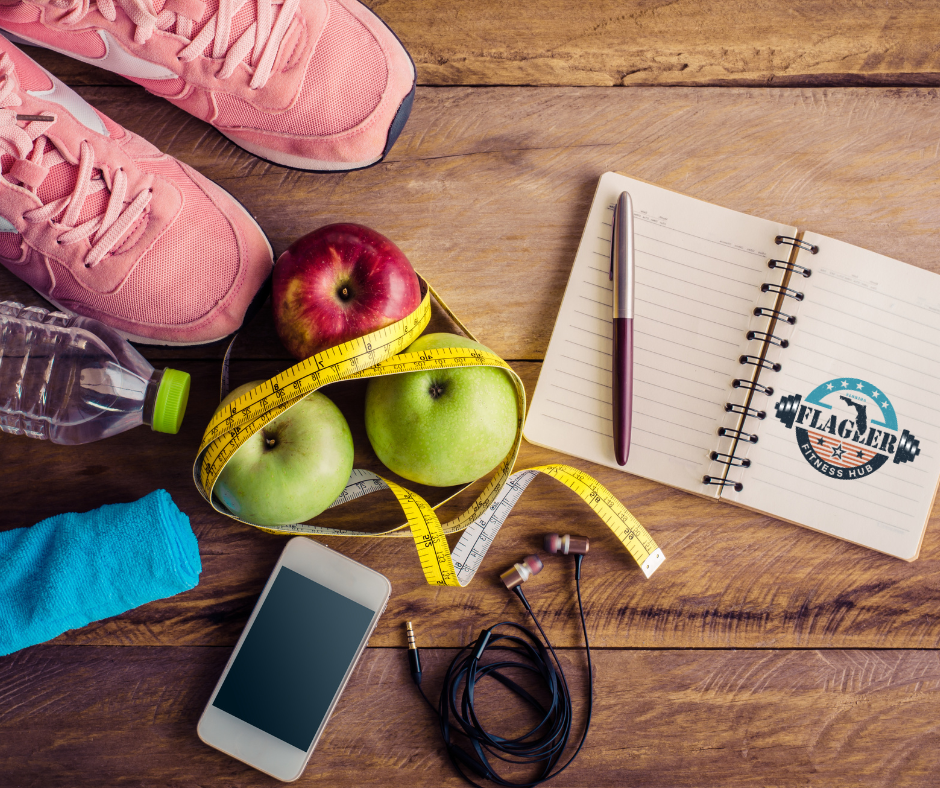
Flexibility Assessment
Flexibility assessments are crucial for understanding your range of motion and identifying tight areas that may need improvement. By regularly measuring your flexibility, you can track progress and make necessary adjustments to your stretching routine. Common tests for assessing flexibility include the sit-and-reach test and the shoulder flexibility test. Read each of the below Key Topics, then follow the prescribed Action Item(s).
Key Topics
1. Sit-and-Reach Test
Overview: The sit-and-reach test measures the flexibility of your lower back and hamstring muscles. It is one of the most commonly used flexibility tests due to its simplicity and effectiveness.
Procedure:
Preparation: Ensure you are well-rested and hydrated. Wear comfortable exercise attire.
Starting Position:
Sit on the floor with your legs extended straight in front of you.
Place the soles of your feet flat against a sit-and-reach box or a similar sturdy object.
Keep your knees straight and your feet about 6 inches apart.
Test Execution:
Slowly reach forward as far as possible, sliding your hands along the measurement scale on the sit-and-reach box.
Hold the farthest position you can reach for a moment without bouncing.
Record the measurement at the tip of your fingers.
Recording Results: Note the distance reached in centimeters or inches.
Benefits:
Simple and easy to perform without the need for specialized equipment.
Provides a good measure of lower back and hamstring flexibility.
Action Item(s):
Perform the sit-and-reach test. If you do not have a sit-and-reach box available, use a tape measure between your legs to measure distance. Be sure to use a consistent starting point for the tape so that you can accurately gauge progress. Record the measurement in the Fitness Assessments Log.
2. Shoulder Flexibility Test
Overview: The shoulder flexibility test assesses the flexibility of your shoulder joints and upper body muscles. This test helps identify tight areas that may restrict your range of motion and affect your upper body movements.
Procedure:
Preparation: Ensure you are well-rested and hydrated. Wear comfortable exercise attire.
Starting Position:
Stand or sit with your back straight.
Extend one arm overhead and bend the elbow, reaching down your back.
With the other arm, reach behind your back and try to touch your fingers.
Test Execution:
Try to touch your fingers together behind your back. If you can touch or overlap your fingers, you have good shoulder flexibility.
If you cannot touch your fingers, measure the distance between them using a ruler or tape measure.
Repeat the test with the opposite arms.
Recording Results: Note whether you can touch or overlap your fingers, or record the distance between them if you cannot touch.
Benefits:
Simple and easy to perform without the need for specialized equipment.
Provides a good measure of shoulder joint flexibility and upper body range of motion.
Action Item(s):
Perform the Should Flexibility Test then record your measurement in the Fitness Assessments Log. You may need someone to assist to measure distance. If no one is available to assist, just note whether you were able to touch or not.
Practical Applications
Implementing Flexibility Assessments:
Regular Testing: Schedule regular flexibility tests to monitor your progress and adjust your stretching routine.
Adjust Stretching Routine: Use the results of your assessments to tailor your flexibility workouts, ensuring you address any tight areas and improve your overall range of motion.
Preventing Common Issues:
Proper Warm-Up and Cool-Down: Always include a warm-up before your flexibility tests to prevent injuries and ensure accurate results.
Gentle Stretching: Avoid bouncing or overstretching during the tests to reduce the risk of injury.
Logging Your Results
Using the Fitness Assessments Log, you can track your progress over time. Here’s how to log your results:
Date: Record the date of the test.
Distance Reached: Note the distance reached in centimeters or inches.
Comments: Add any relevant comments about the test (e.g., how you felt, any form issues).
Practical Application Example
Scenario: You're preparing to assess your flexibility using the sit-and-reach test and the shoulder flexibility test.
Initial Measurement:
Perform the sit-and-reach test by reaching forward as far as possible and recording the distance in your flexibility log.
Perform the shoulder flexibility test by trying to touch your fingers behind your back and recording whether you can touch or the distance between your fingers.
Training Plan Adjustment:
Based on your initial results, adjust your stretching routine to include exercises that target the muscles tested.
For lower back and hamstrings: Include stretches such as hamstring stretches, forward bends, and seated stretches.
For shoulders: Include stretches such as cross-body shoulder stretches, overhead tricep stretches, and behind-the-back shoulder stretches.
Regular Testing:
Schedule the tests every two to three months to track your progress. Ensure consistent conditions for each test to obtain accurate comparisons.
Track Progress:
Record each test result in your Flexibility Assessment Log, noting any improvements in distance reached or the ability to touch your fingers.
Goal Setting:
Use the results to set new flexibility goals, gradually increasing your stretching intensity and duration to continue improving your range of motion.
With your flexibility assessed, you now have a comprehensive understanding of your overall fitness level. Review your assessment logs to begin thinking about the areas that need the most improvement. Go back and adjust your goals if needed! Finally, use these assessments to guide your training and make informed adjustments to your workout plan to achieve your fitness goals effectively. When you’re ready, move on to the next subsection, Training Principles.




